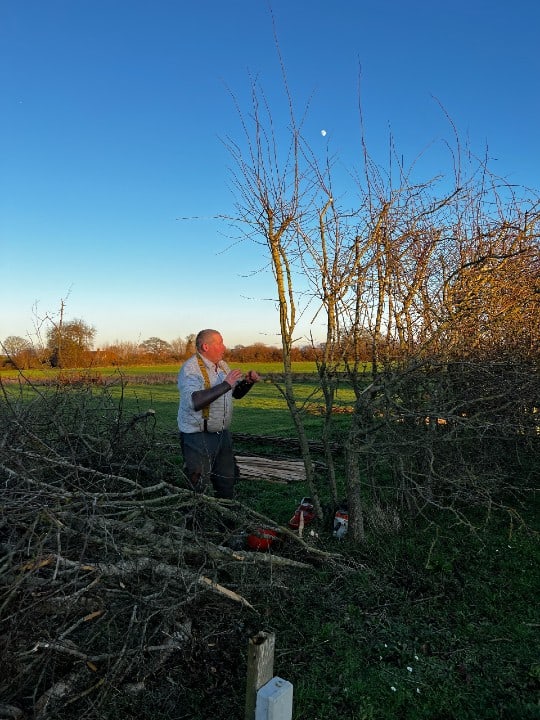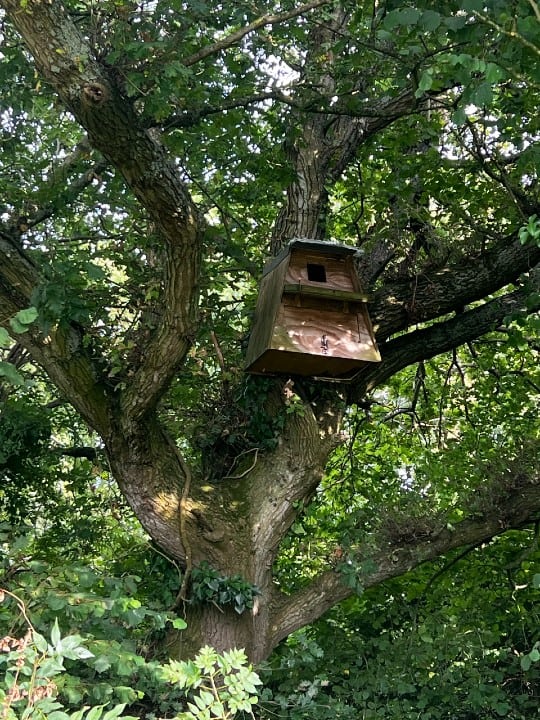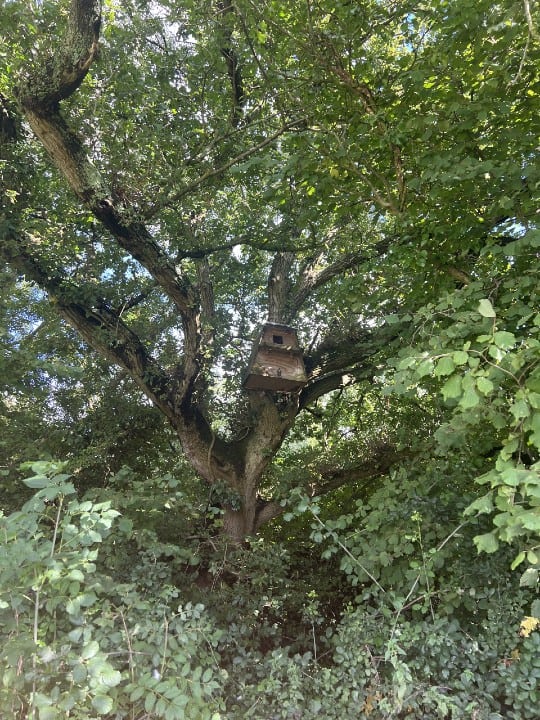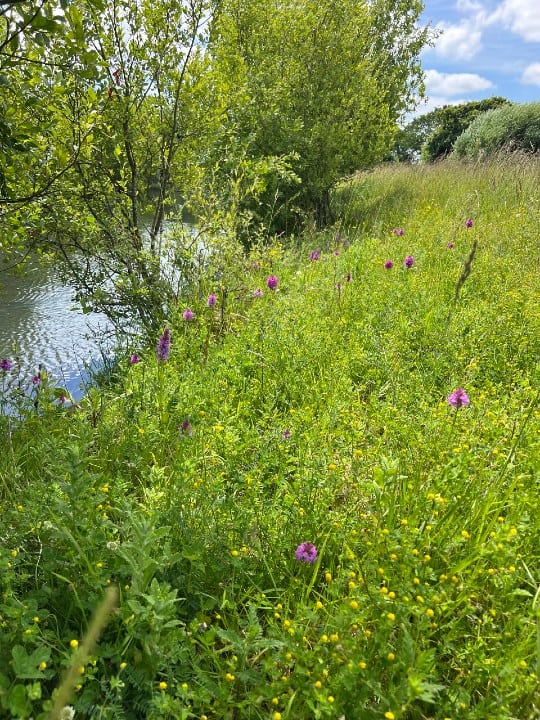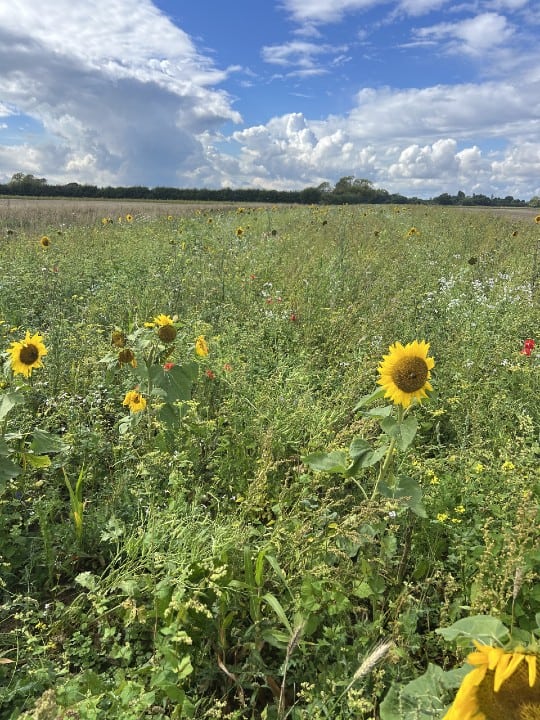SOUTHEND FARM WILDLIFE MAP
Our conservation management is about understanding what wildlife is important on Southend Farm and in a wider context on the Chichester Coastal Plain.
The already established habitats such as our ancient hedgerows, which give the Manhood Peninsula its iconic landscape, consist of a wide range of plant species. Butterflies and moths use them for food and shelter during some of their lifecycle. Birds, including the blue tit and goldfinch, harvest mice, and stoats all nest and feed in the hedges, while bats and barn owls use them as ‘commuter routes’ for foraging and roosting.
Along our ponds and ditches we have evidence of plenty of water voles. Water voles are listed as endangered on the Red List for mammals. They dig burrows in the banks of the ponds and like to sit and eat in the same place. The water vole has chestnut-brown fur, a blunt rounded nose, small ears and a furry tail and distinctly different from the brown rat, which larger with grey-brown fur a pointed noise, large ears and a long scaly tail.

The 17 kilometres of hedges around the farm form part of continuous programme of hedge laying, this is a traditional skill which used to be commonly practiced by farmers during the quieter winter months.
To lay a hedge, the main stems are partially cut or pleached, in a diagonal fashion near the base, this allows the hedge plant to be bend over horizontally whilst still attached to the main stem. This encourages regrowth from the cuts which now lay at the base of the hedge. Wooden stakes are inserted into the middle of the hedge to create stability and hazel binders are woven in and out of the stakes to make sure the hedge stays in place. The hedges regrow healthily and there are no longer gaps at the bottom for livestock to escape through.
WILDLIFE ON THE FARM
The Flemings love barn owls so to encourage their breeding we have placed owl boxes in strategic places in trees around the fields. They provide a safe and secure place for barn owls to nest which should help increase their population and supports the welfare of the owlets. The Sussex Ornithological Society (LINK to sos.org.uk) help us with the recording and the conservation of these wonderful wild birds. Barn owls are birds of prey and they hunt for small mammals, particularly field mice. They have incredible sensitive hearing and they can spot movement in very low light to help them hunt at night.
Around many of our fields we have strategically sown large plots of advanced partridge seed mixes, typically consisting of over 20 different plant species. The aim is to provide a welcoming environment for the grey partridge, their food includes grass and sweet fennel, sanfoin, chicory, red campion and a mixture of seeds. They need hedgerows and dense cover for shelter and nesting as they tend to make their nest at the base of the hedgerows.
Sky larks with their vocal song, prefer our larger arable and grassland fields as the open areas allow them to sight potential predators. Adults feed on a range of seeds and plant shoots and their chicks are entirely dependent on insects until fledging.
Through our membership of the Manhood Farmers Cluster we work together with seven other farmers to produce sustainable food whilst enhancing wildlife habitat and increasing populations of local bird and mammals. The Manhood Peninsula lies between Chichester and the English Channel, bordered to the West by Chichester Harbour and to the East by Pagham Harbour.


